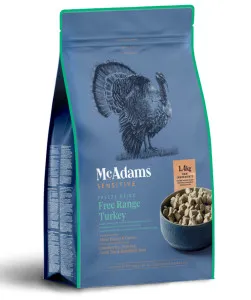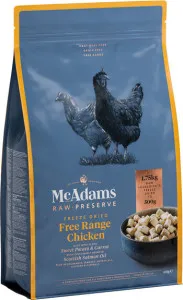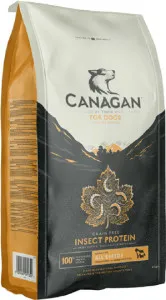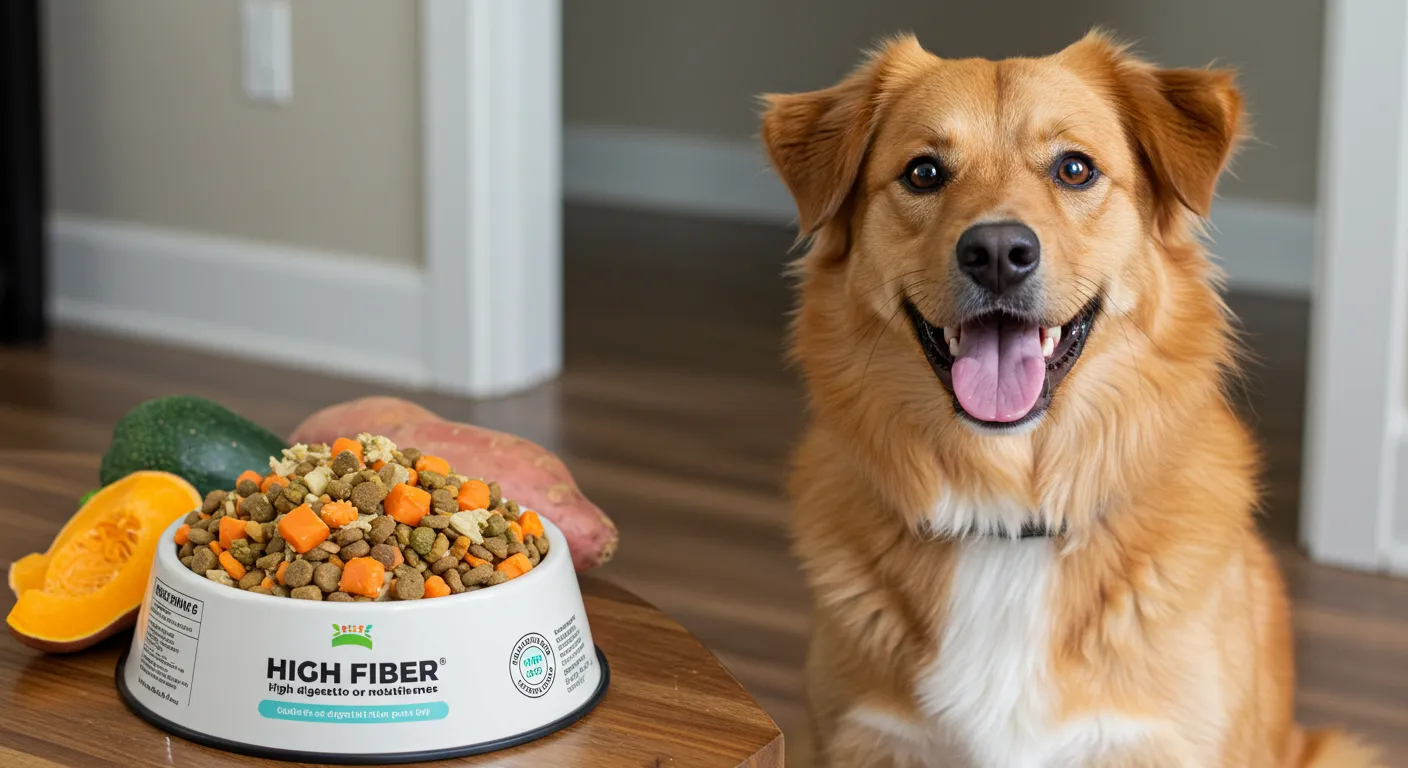High-Fiber Dog Food and Anal Glands: What You Need to Know
If you're a dog owner, you've probably heard about anal gland issues—those unpleasant little sacs near your pup's rear that can cause discomfort, scooting, and even infections. But did you know that high-fiber dog food can play a crucial role in keeping these glands healthy? In this guide, we'll break down everything you need to know about fiber, anal glands, and how the right diet can make a big difference.
What Are Anal Glands, and Why Do They Matter?
Anal glands, also known as anal sacs, are small pouches located on either side of your dog's anus. They produce a strong-smelling fluid that helps with marking territory and communication. Normally, these glands empty naturally when your dog defecates. However, if the stool isn't firm enough or lacks bulk, the glands may not express properly, leading to:
- Scooting (dragging their bottom on the ground)
- Excessive licking of the rear
- Foul odor or discharge
- Swelling or infection (which may require vet intervention)
- Firmer stools: Fiber absorbs water, making waste more solid and easier to pass.
- Natural gland expression: Bulkier stools apply gentle pressure to the glands as they pass, helping them empty naturally.
- Improved digestion: A fiber-rich diet supports gut health, reducing the risk of constipation or diarrhea.
- Weight management: High-fiber foods can help dogs feel full longer, aiding in weight control—another factor in anal gland health.
- Pumpkin: A great soluble fiber that aids digestion and stool quality.
- Sweet potatoes: Rich in fiber and nutrients, easy to digest.
- Oat bran: A gentle fiber source that promotes regularity.
- Flaxseed: Adds fiber and healthy omega-3 fatty acids.
- Green beans: Low-calorie and packed with fiber.
- Frequent scooting or licking
- Soft or loose stools
- Struggling to defecate
- Recurrent anal gland infections
- Regular exercise: Physical activity helps stimulate digestion.
- Proper hydration: Water is essential for fiber to work effectively.
- Routine vet checks: Some dogs may need manual gland expression.
- Probiotics: Supports gut health, which can improve stool quality.
- Blood or pus near the anal area
- Severe swelling or pain
- Persistent scooting despite dietary changes
- Signs of infection (fever, lethargy)
- Quality ingredients: Whole foods like pumpkin, oats, and vegetables.
- Balanced nutrition: Ensure protein and fat levels are appropriate for your dog’s needs.
- No artificial additives: Avoid unnecessary fillers or preservatives.
- Breed-specific formulas: Some dogs (like small breeds) may need tailored options.
This is where high-fiber dog food comes into play. A diet rich in fiber helps create bulkier, firmer stools, which naturally press on the glands during bowel movements and promote healthy expression.
How Does Fiber Help With Anal Gland Health?
Fiber is a type of carbohydrate that isn't fully digested by your dog's body. Instead, it passes through the digestive system, absorbing water and adding bulk to stool. Here’s how it benefits anal gland health:
Best High-Fiber Ingredients for Dogs
Not all fibers are created equal. Some of the best sources of natural fiber for dogs include:
When choosing a high-fiber dog food , look for these ingredients on the label. Avoid fillers like corn or soy, which offer little nutritional benefit.
How Much Fiber Does Your Dog Need?
The right amount of fiber depends on your dog's size, age, and health. Generally, a healthy dog’s diet should contain between 2% and 6% fiber . However, dogs with chronic anal gland issues may benefit from slightly higher fiber levels (under veterinary guidance).
Signs your dog might need more fiber:
If you're unsure, consult your vet before making dietary changes.
Recommended Products

McAdams Freeze Dried Free Range Turkey is an excellent choice for high-fiber dog food and anal glands: what you need to know. This dog food contains Boneless Free Range Turkey 86.5% and other high-quality ingredients that promote overall health.

McAdams Freeze Dried Free Range Chicken is an excellent choice for high-fiber dog food and anal glands: what you need to know. This dog food contains Boneless Free Range Chicken 86% and other high-quality ingredients that promote overall health.

Canagan Insect is an excellent choice for high-fiber dog food and anal glands: what you need to know. This dog food contains Freshly Prepared Insects (27%)* and other high-quality ingredients that promote overall health.
Other Ways to Support Anal Gland Health
While high-fiber dog food is a key factor, there are other steps you can take to keep your dog's anal glands healthy:
When to See a Vet
While diet can help, some dogs may still experience issues. Seek veterinary care if you notice:
Chronic anal gland problems could indicate an underlying health issue, so don’t delay professional advice.
Choosing the Right High-Fiber Dog Food
Not all high-fiber foods are equal. When selecting a diet for anal gland health, consider:
For a deeper dive into selecting the best food, check out our Pet Food Analyzer to compare brands and ingredients.
Final Thoughts
Anal gland issues can be uncomfortable for your dog and messy for you—but with the right diet, many problems can be prevented. High-fiber dog food promotes healthy digestion, firmer stools, and natural gland expression, reducing the need for manual interventions.
If your dog struggles with recurrent issues, consider adjusting their diet and consulting your vet. And remember, a balanced approach—combining nutrition, exercise, and regular check-ups—will keep your pup happy and healthy.
Ready to find the perfect food for your dog? Use our Pet Food Analyzer to compare high-fiber options and make an informed choice today!
